| Address: | Quartz Mountain State Park Lone Wolf, OK 73655 | County: | Kiowa |
| Started: | 1936 | Completed: | 1942 |
| Agencies: | WPA,CCC | NRHP: | No |
Current Usage:
State Park
Description:
Considered as one of the original seven parks the Division of State Parks allotted as a State Park, it is situated near the WPA constructed Lake Altus. The citizens of Greer County initially purchased 158.3 acres near the lake for $51.58, and over the years the acreage has been added to give the total park area of 4,540 acres.
CCC Company 2810 setup camp SP-16 on August 22, 1935, near the west end of the lake located in section 22-5N-20W on land that was donated to the state by the City of Altus(Kinder, pg 135). Most of the first 100 enrollees in this company were from Jackson county. When the enrollees arrived at the camp there was already 12 constructed buildings that include barracks, Officers quarters, mess hall, welfare and recreation building, infirmary and hospital, headquarters building and a garage. By August 26, more enrollees from the surrounding counties reported to the camp to begin the total strength to 174 enrollees. September 8 the Division of State Parks name L.C. Cheuvront who was described as “the moving genius in planning the park and handling the various details in connection with the project”, as the park superintendent. The first commander of SP-16 was announced as Lieutenant J.F. Bradley and second in command was Lieutenant Neil D. Cox of Lawton. On October 21, 1935 the camp experienced their first fatality when the camp’s surgeon Dr. Arnold Strauss died due to a strange accident with gasoline. While returning from Sayre he had purchased two gallons of gasoline and pusummably placed these cans in the front passenger seat. These ignited when he possibly lit a cigarette while driving. The only other death reported for the camp was a drowning by Enrollee Carl Atchley of Gould, Oklahoma when he attempted to swim across the flooded North Fork of the Red River in 1939. The educational and recreation opportunities provided to the enrollees why assigned to the camp were both praised in the local newspapers since the enrollees were not only provided technical training in construction but also had a full time educator in camp for lectures and classes. A 1937 inventory of the camp recreation equipment listed, 12 baseball suits and shoes, two basketballs, two volley balls, one shot put, two volley ball nets, four softballs, nine baseball mitts, three baseball bats, and twelve baseballs.
In late fall of 1935 the new enrollees first engaged in grounds improvements within the park, this included roads, graveling walks and sodding of park acreage. As the years passed by the completed the following structural projects:
- Bath House currently the Nature Center
- The park’s principal picnic and camping area the picnic tables, stone fire pits and a latrine
- Community house
The WPA was instrumental in the construction of a much large Lugert Dam that rose the water level of the lake. Because the lake was enlarge the original railroad tracks had to be moved. Since this lake is primarily used for irrigation most visitors to the park are disappointed in the levels of the lake especially during drought years, but the lake does provide a necessary irrigation and water resources for the surrounding region and the City of Altus.
Sources:
- Oklahoma Landmarks Inventory Nomination
- The Living New Deal
- Marjorie Barton, Leaning on a Legacy: The WPA in Oklahoma, Oklahoma Heritage Association, 2008. Pg. 19.
- TravelOk.com
- Thomas L. Hedglen, “Quartz Mountain State Park,” The Encyclopedia of Oklahoma History and Culture, https://www.okhistory.org/publications/enc/entry.php?entry=QA005.
- Quartz Mountain Nature Park website, https://softball.wosc.edu/about/history/
- The Civilian Conservation Corps as Means of Social Control: A Southwestern Oklahoma Perspective, by Leon Chad Kinder, Thesis 1995.
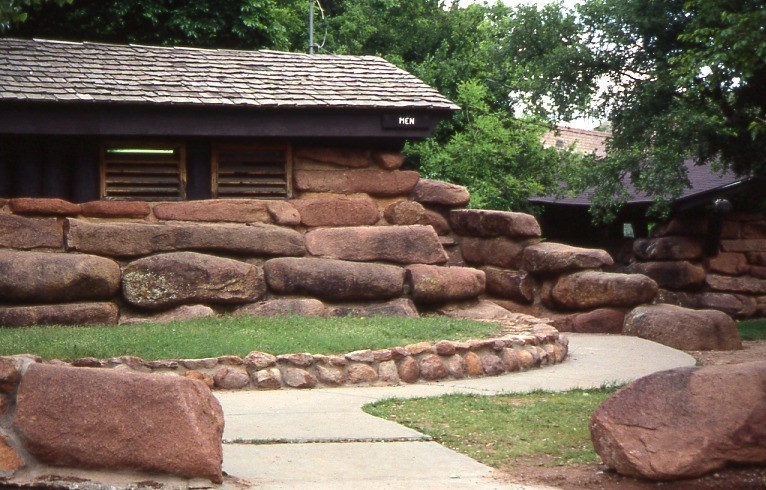
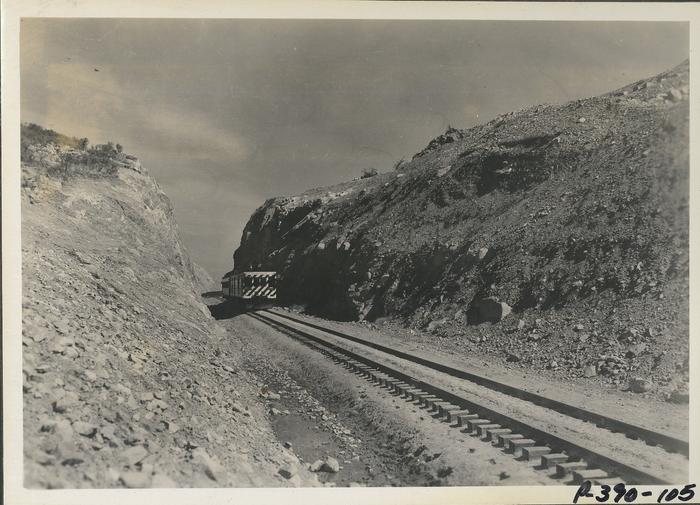
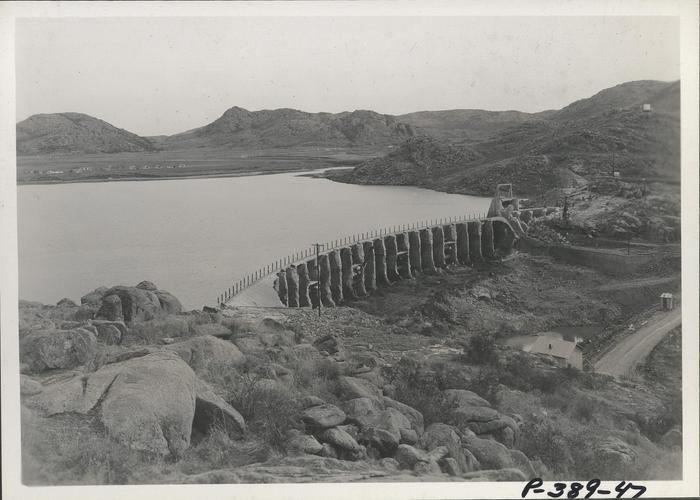
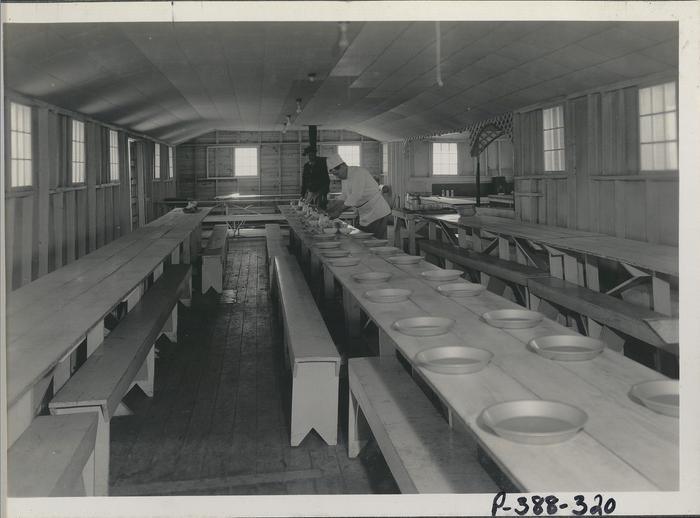
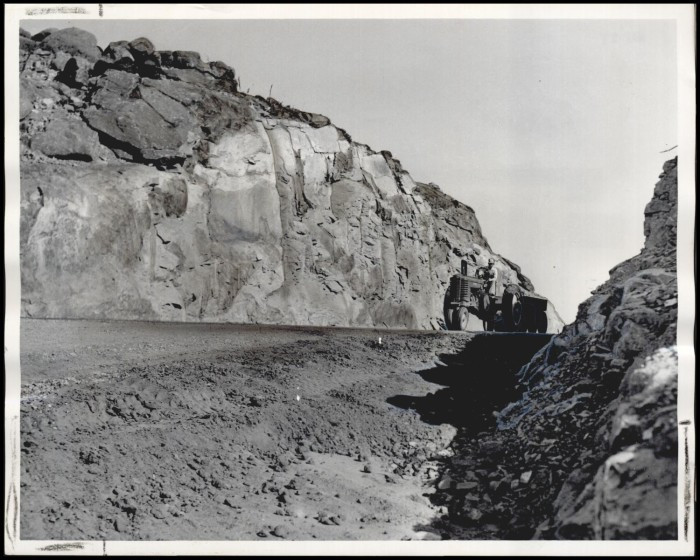
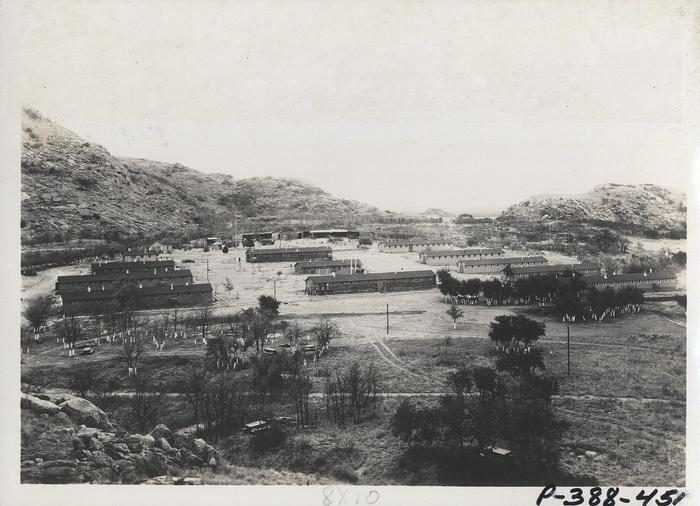
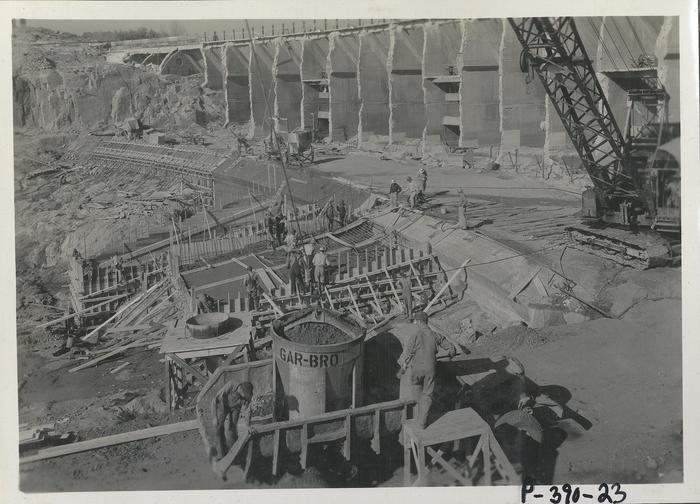
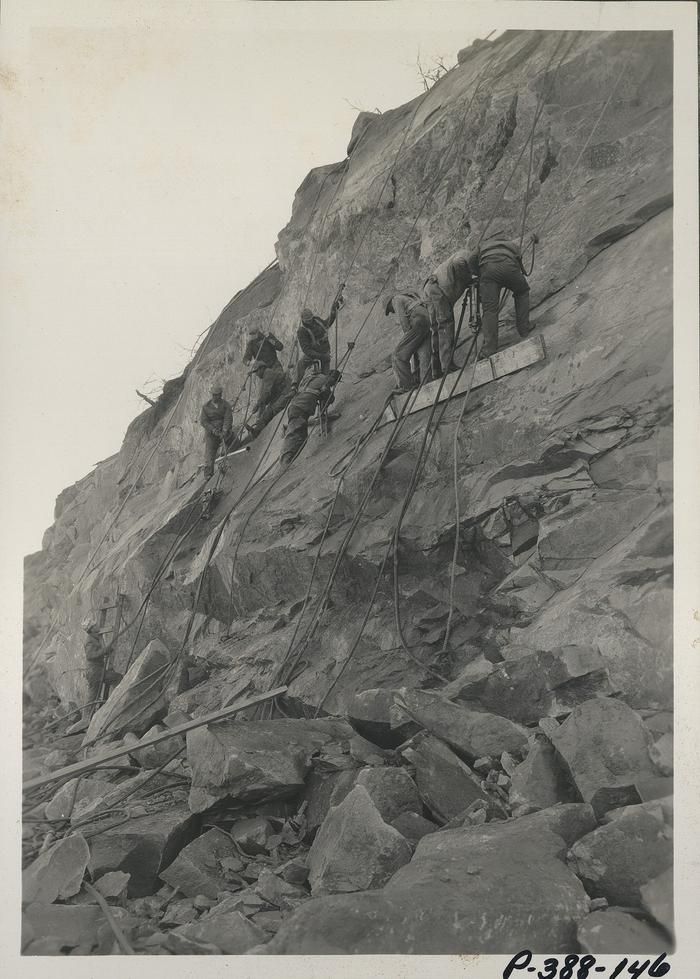
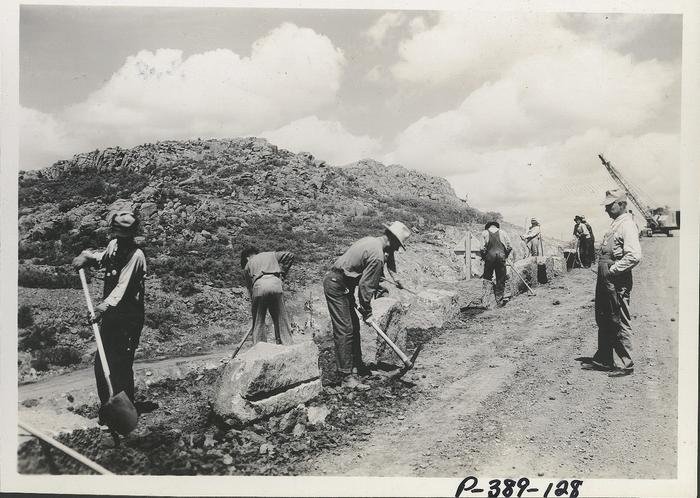
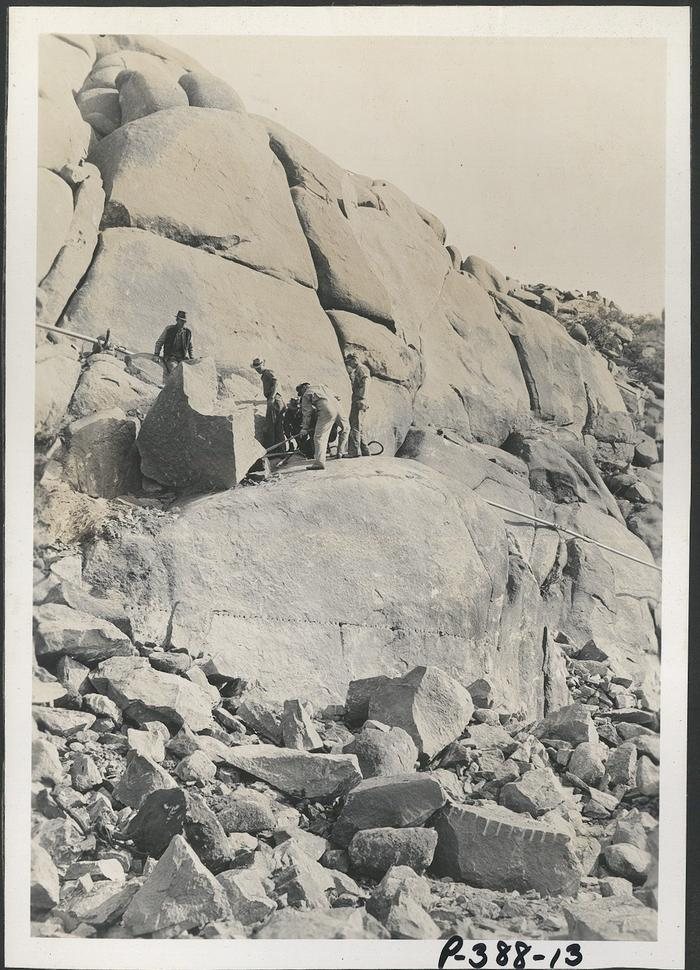
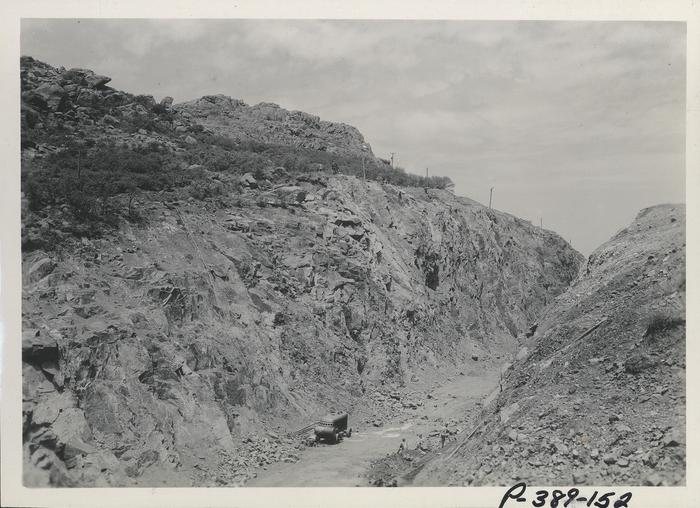

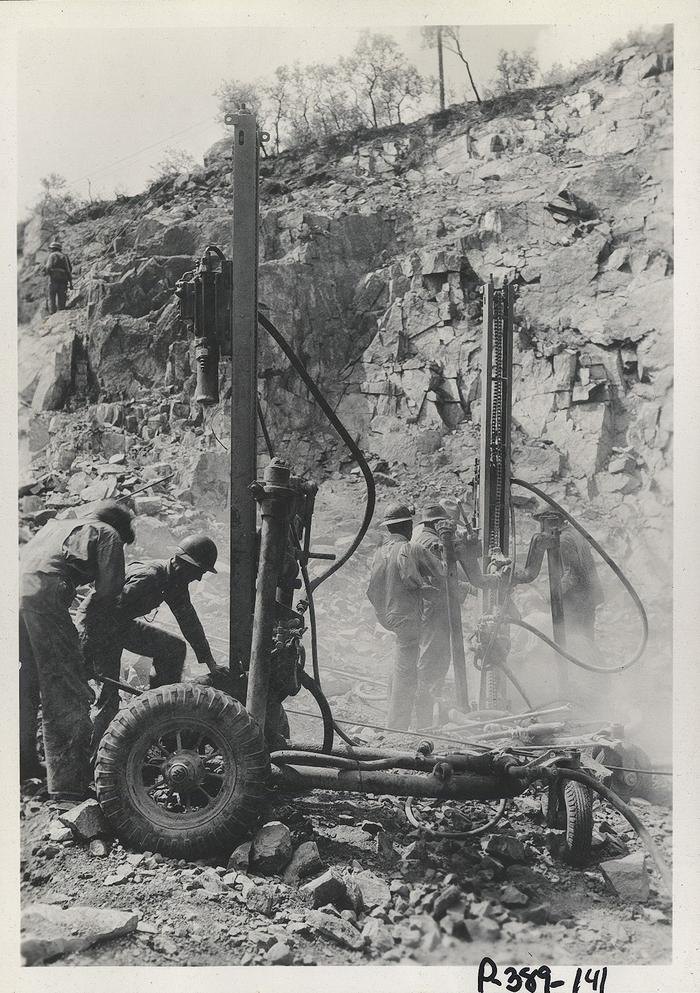
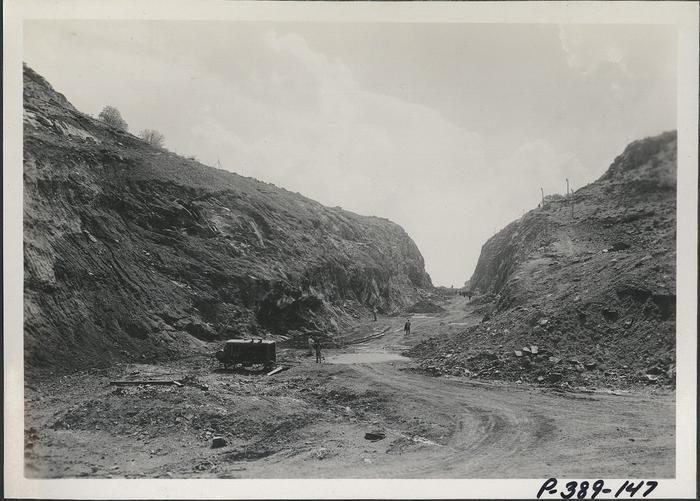
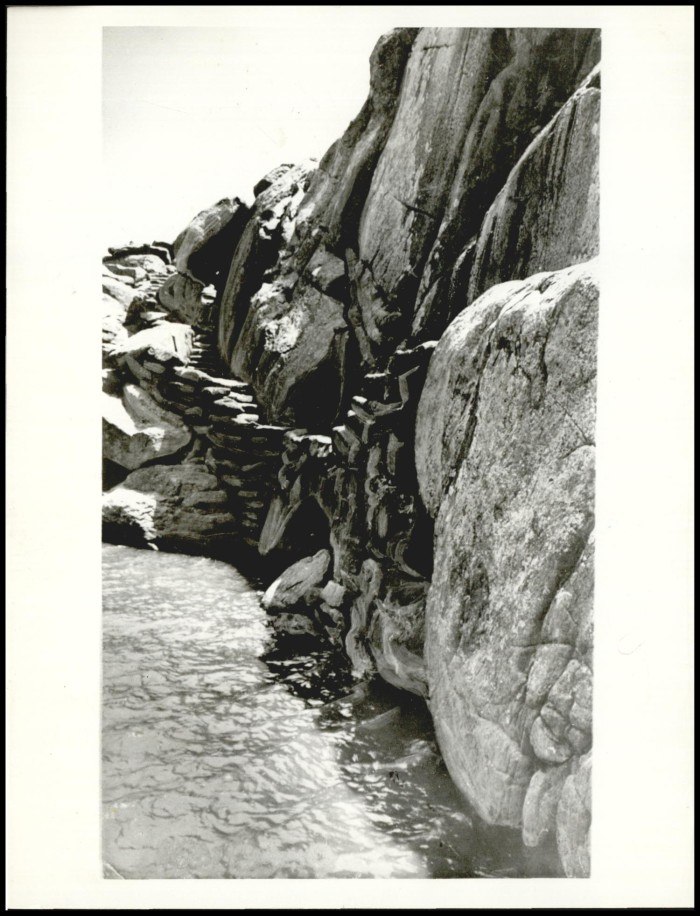
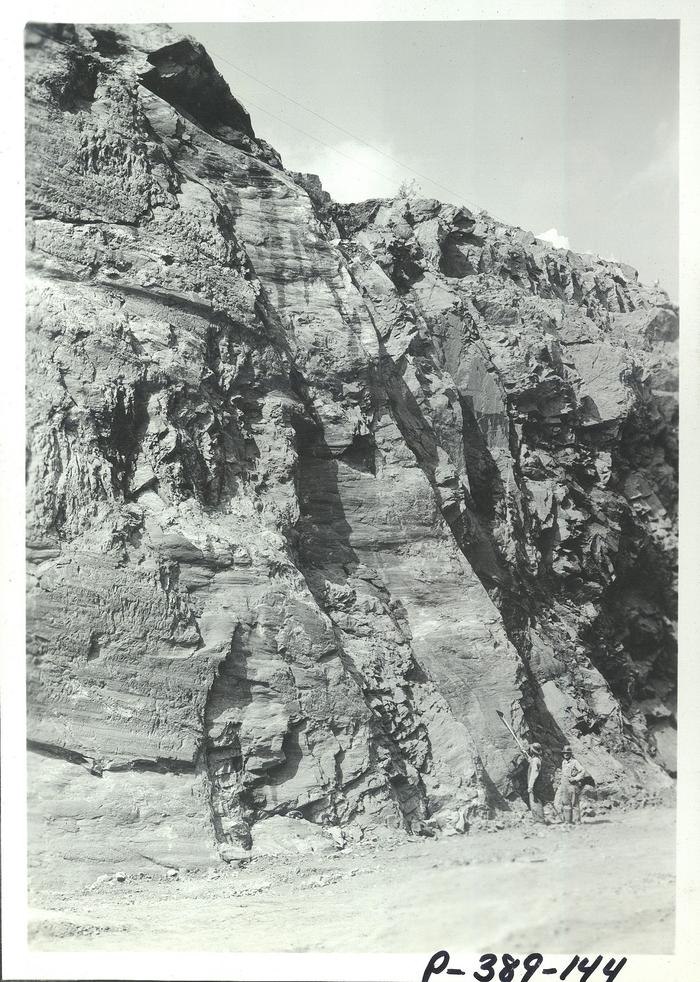
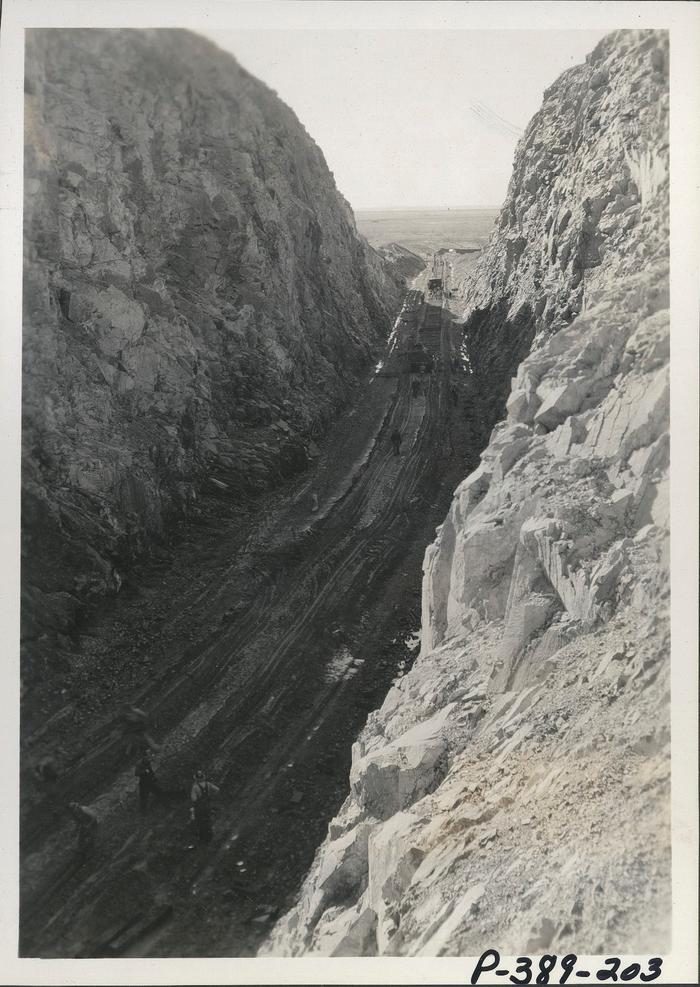







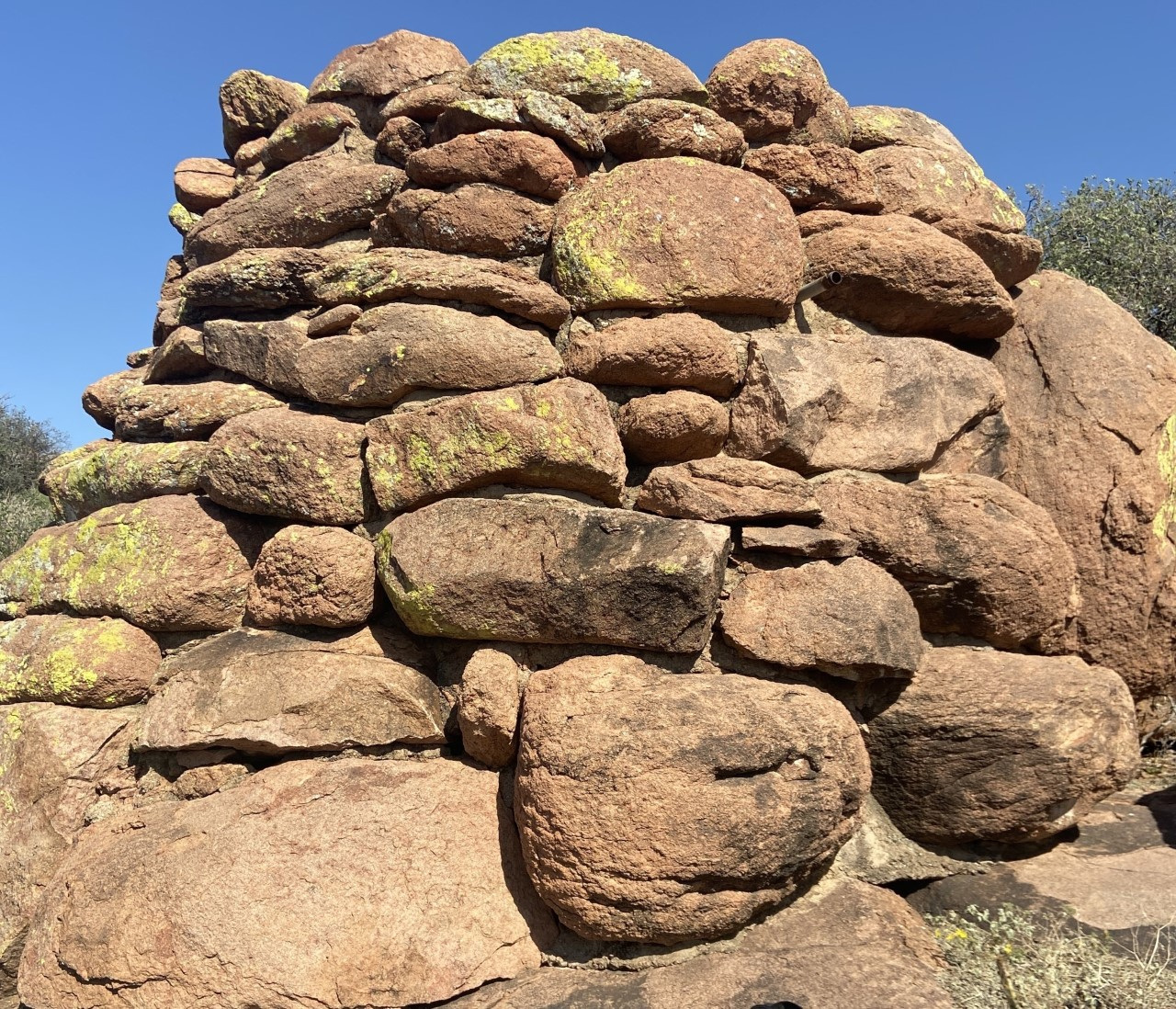
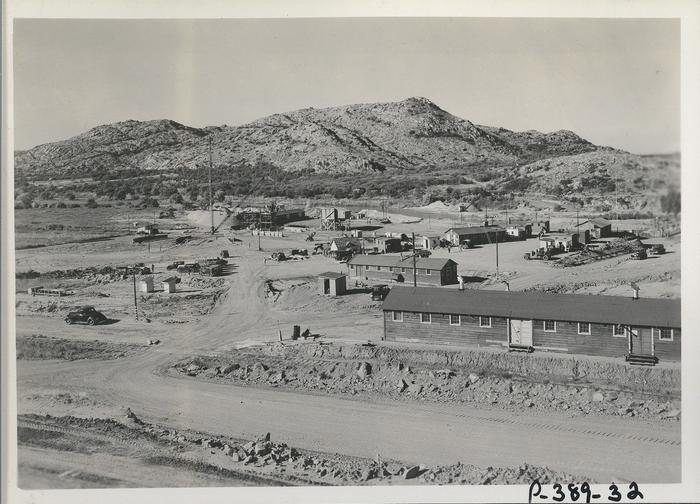
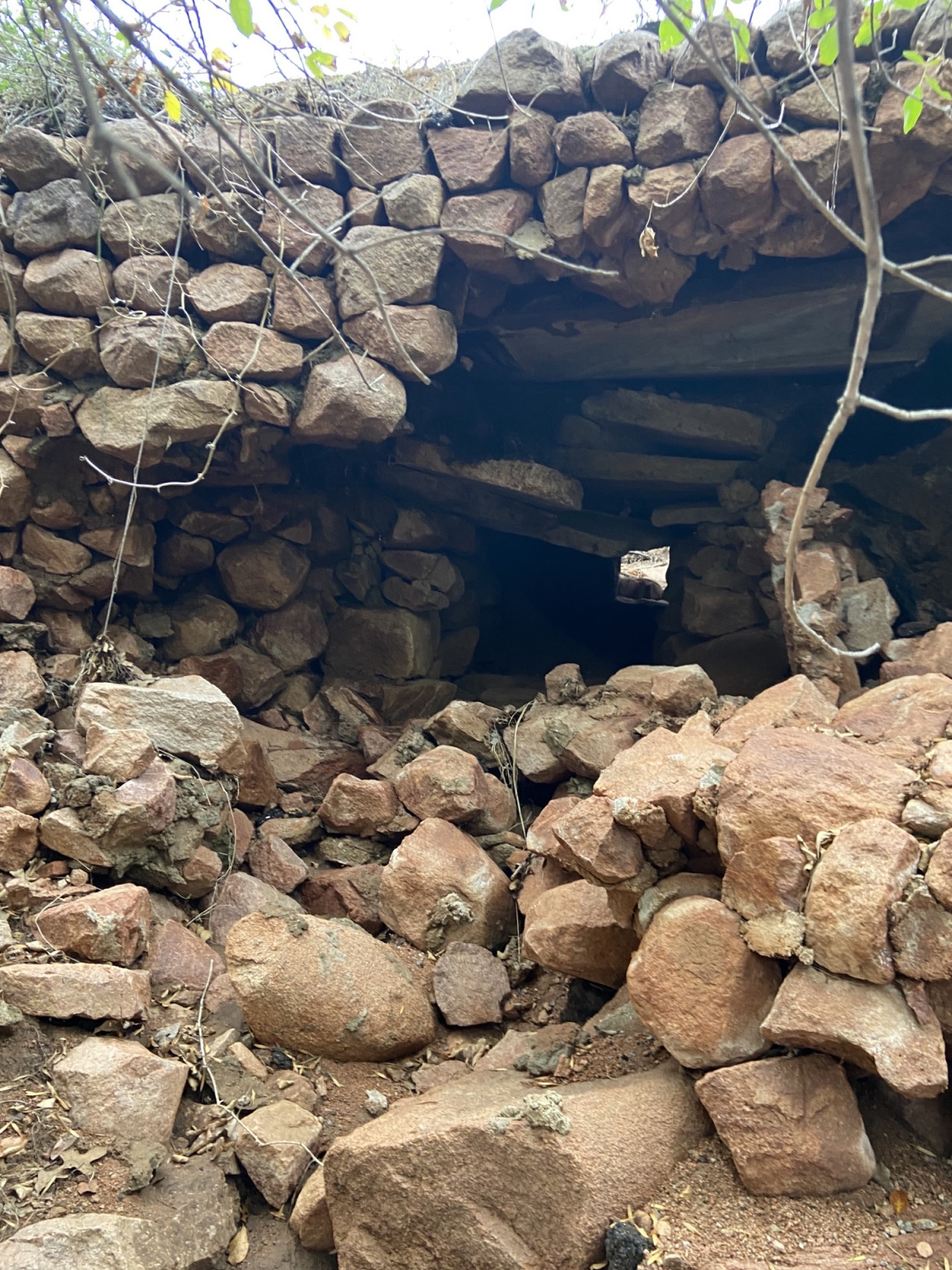

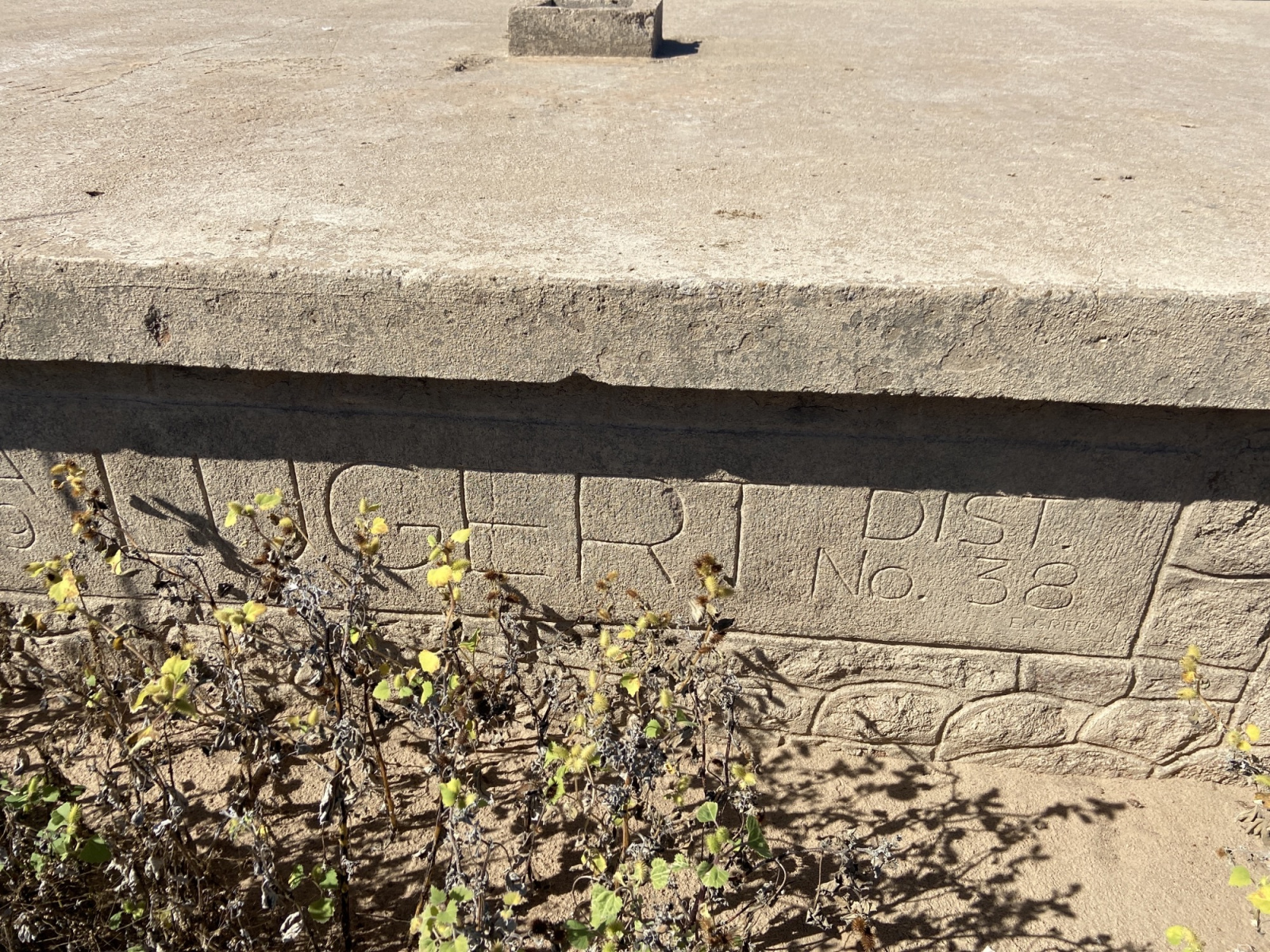
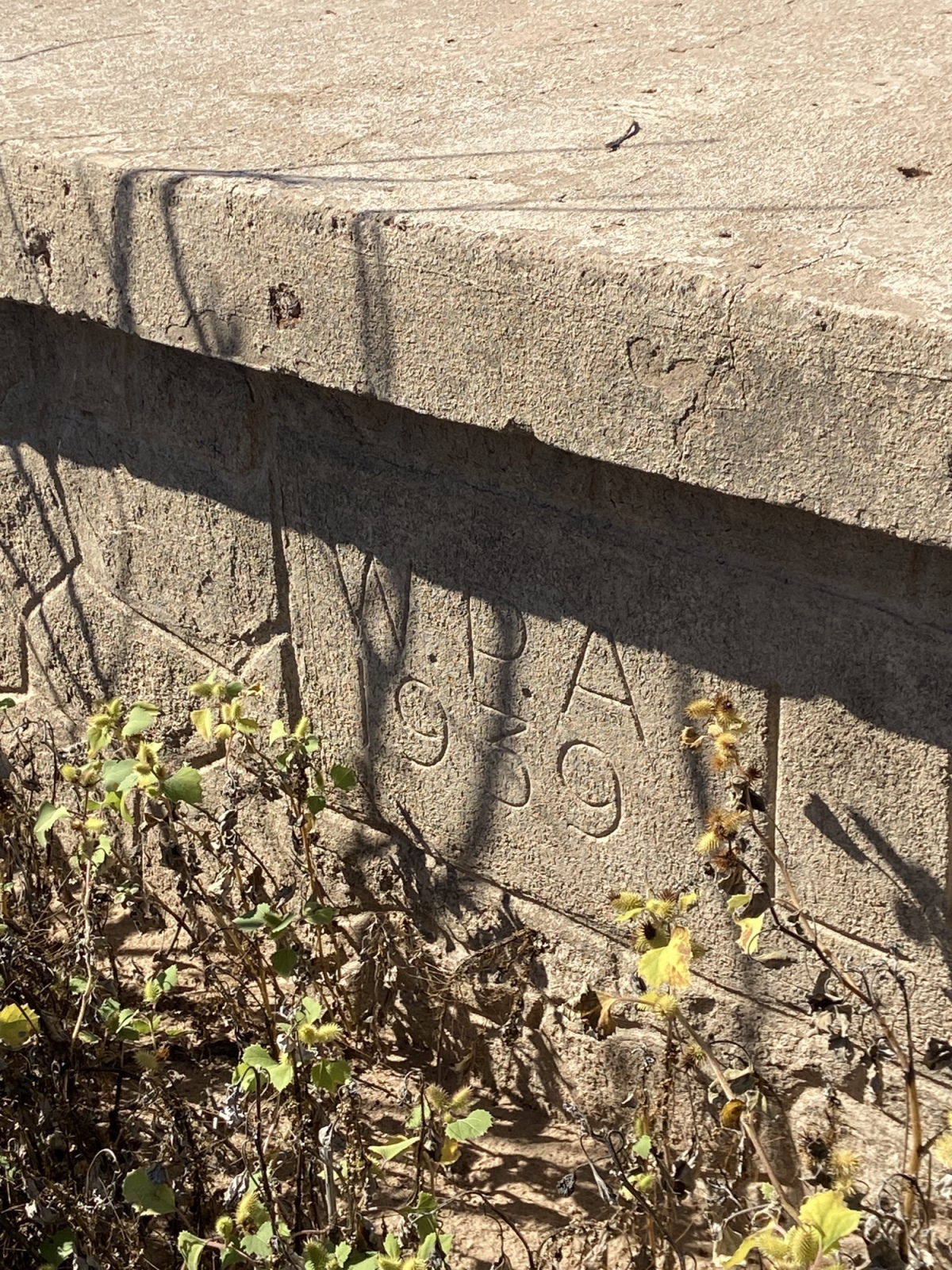

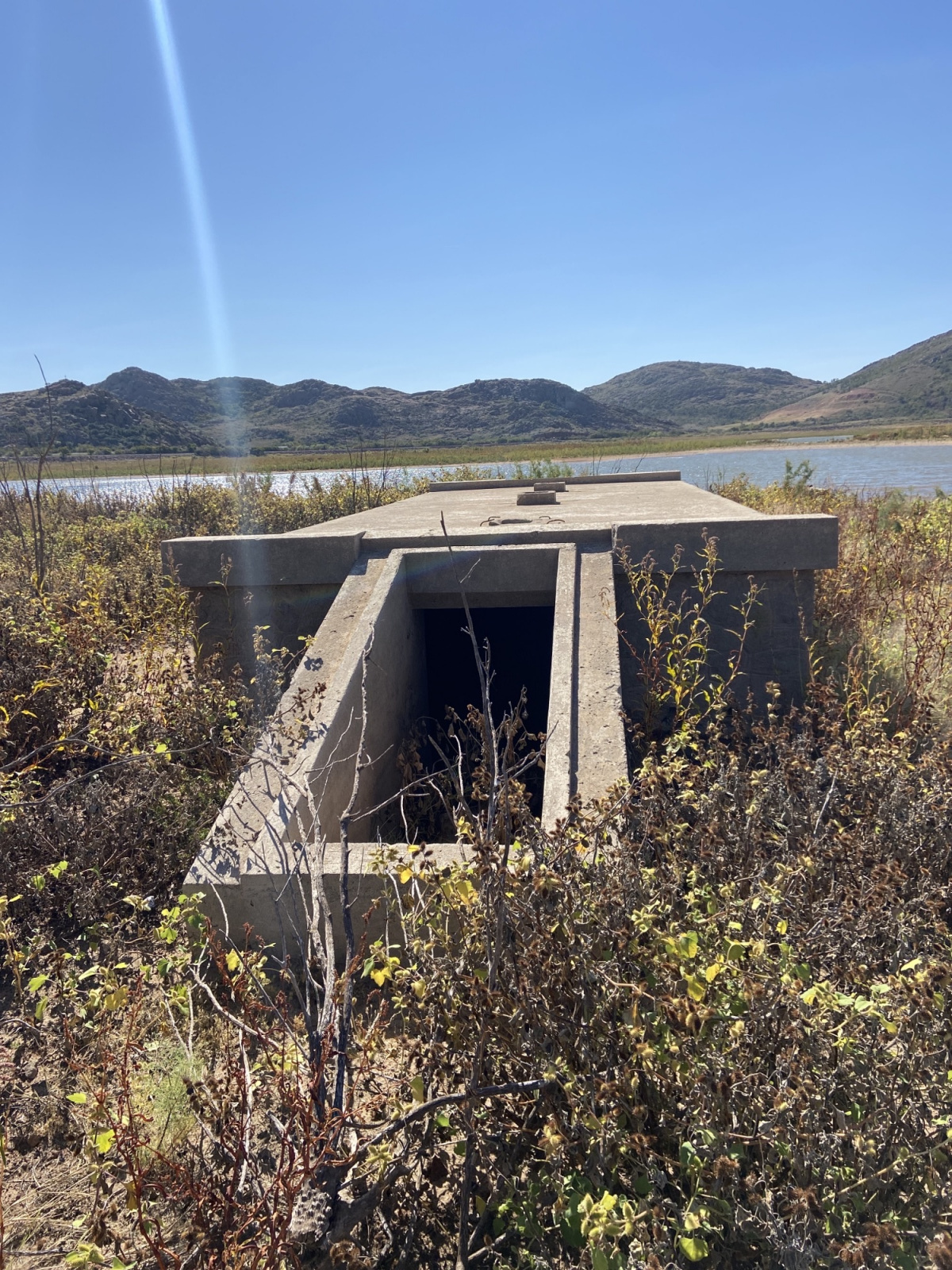
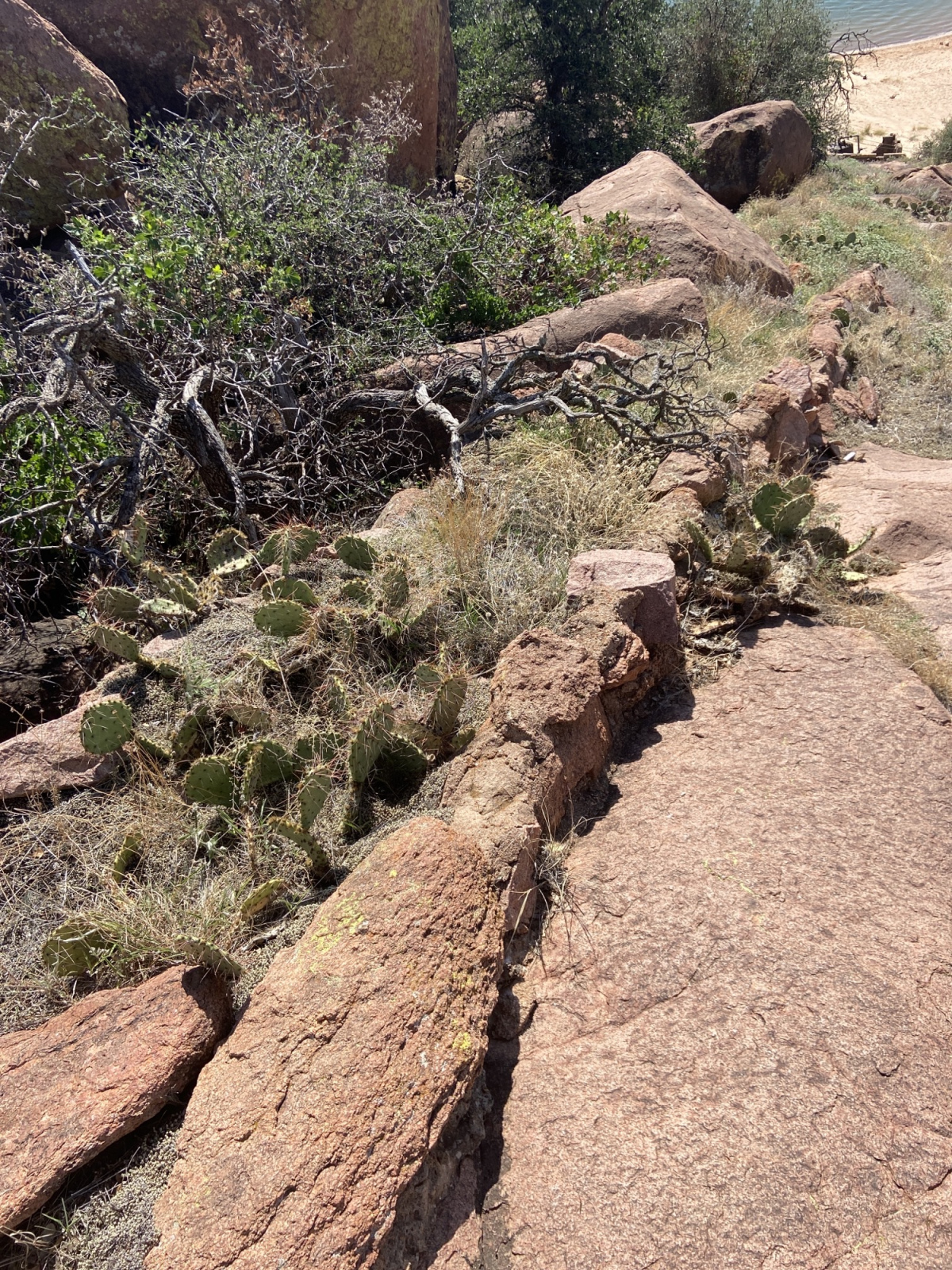
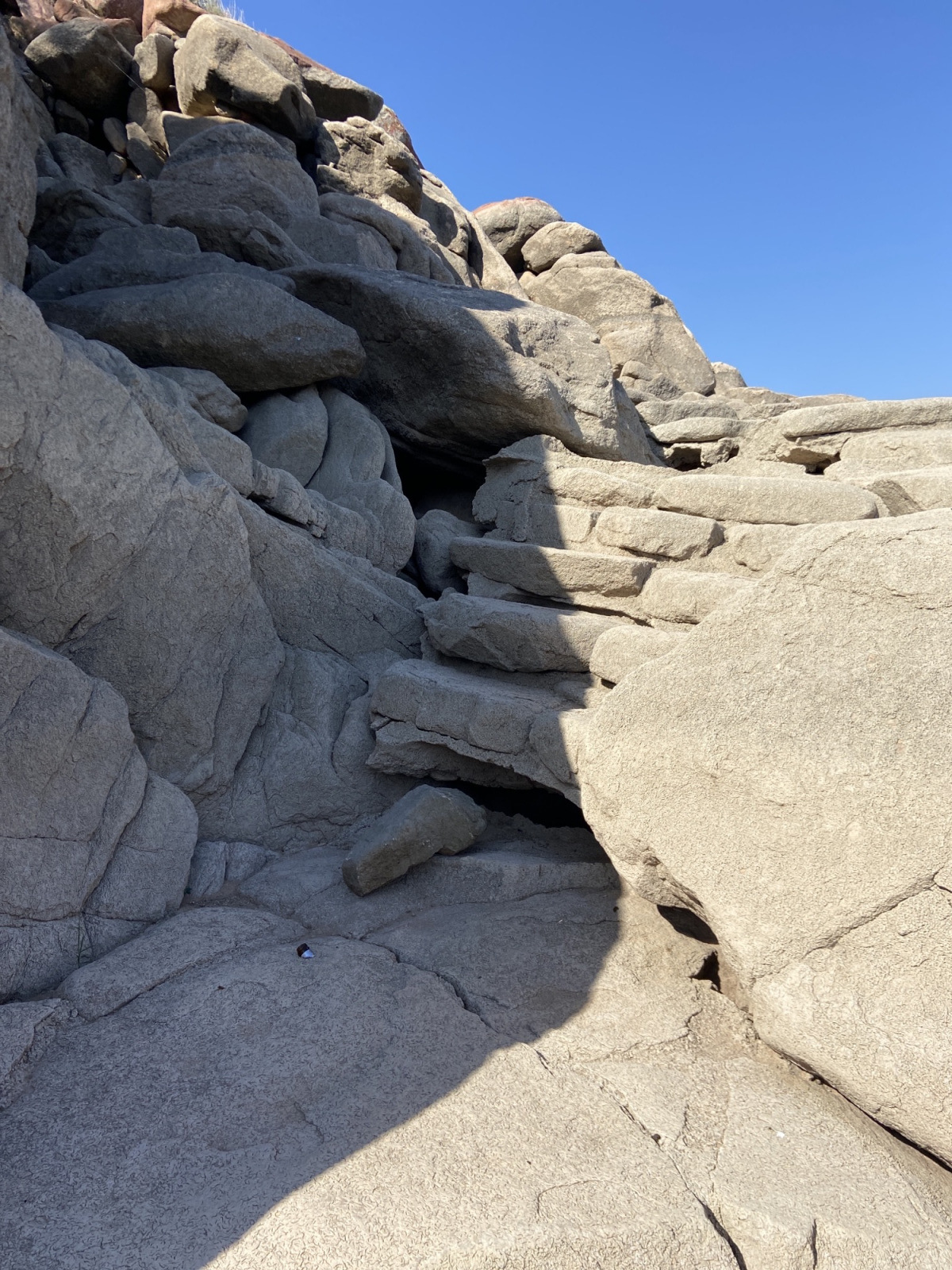
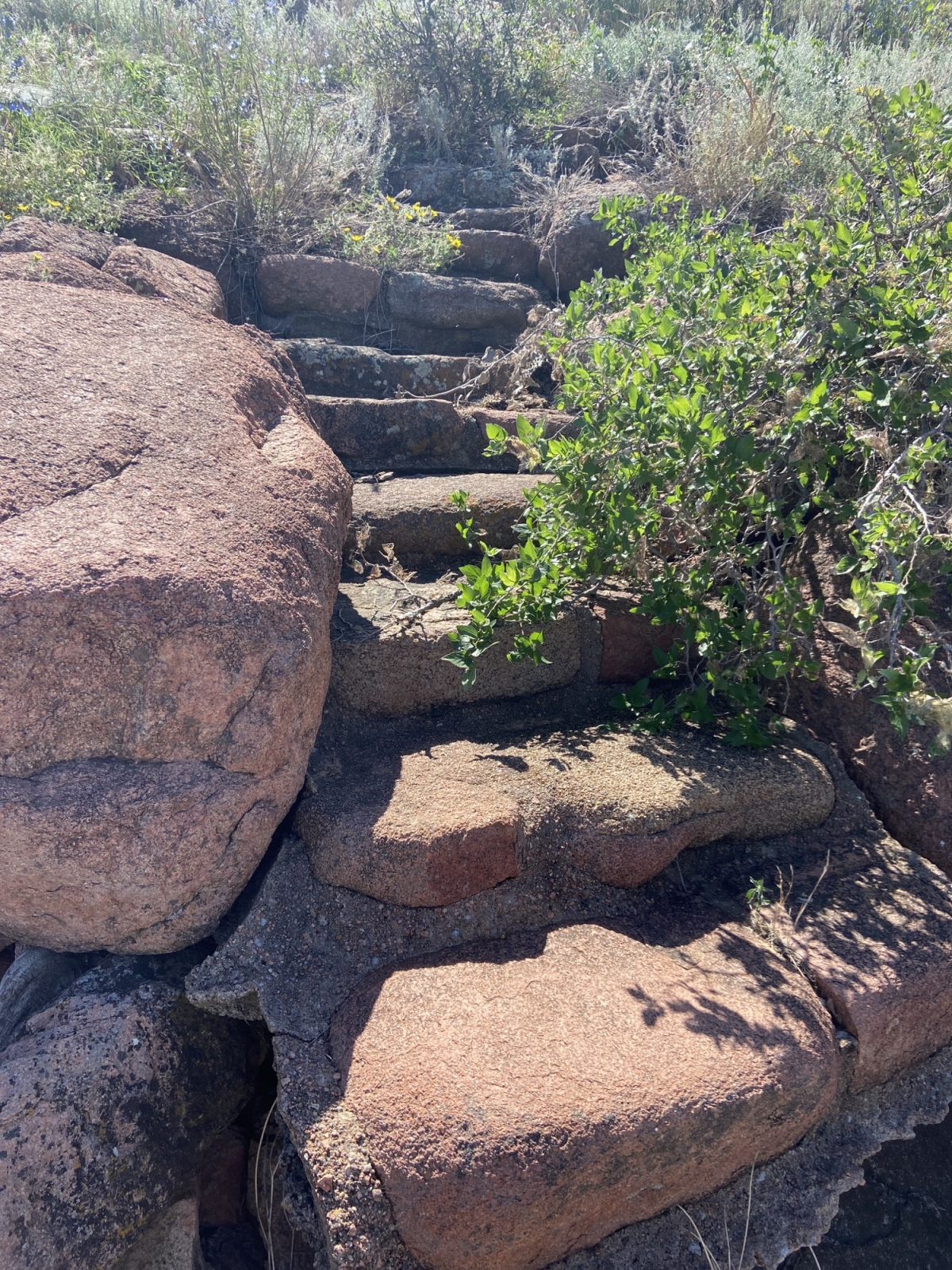
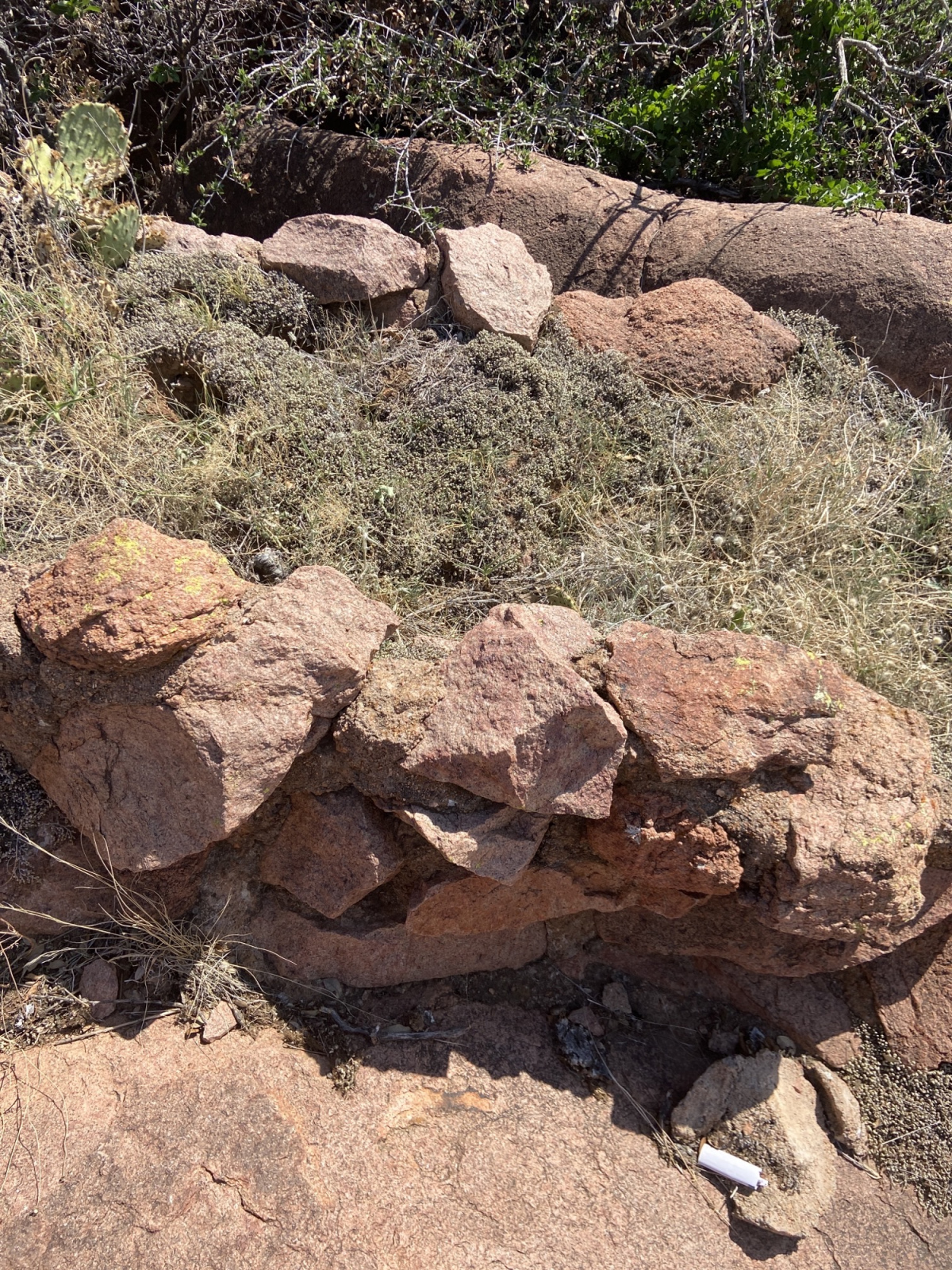



Leave a Reply